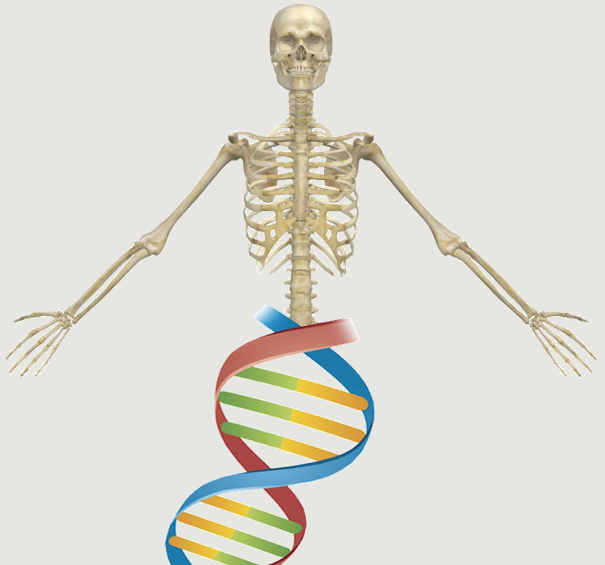Abstract:
STUDY DESIGN: To identify and characterize endogenous progenitor cell population from intervertebral disc. OBJECTIVE: To determine if progenitor cells exist in degenerate human discs. SUMMARY OF BACKGROUND DATA: Back pain, a significant source of morbidity in our society, is directly linked to the pathology of the intervertebral disc. Because disc disease is accompanied by a loss of cellularity, there is considerable interest in regeneration of cells of both the anulus fibrosus (AF) and nucleus pulposus (NP). METHODS: To determine if skeletal progenitor cells are present in the disc, samples were obtained from the degenerate AF and NP of 5 patients (Thompson grade 2 and 3, mean age 34 +/- 7.6 years) undergoing anterior cervical discectomy and fusion procedures as well as adult rat lumbar spine. RESULTS: Cells isolated from degenerate human tissues expressed CD105, CD166, CD63, CD49a, CD90, CD73, p75 low affinity nerve growth factor receptor, and CD133/1, proteins that are characteristic of marrow mesenchymal stem cells. In osteogenic media, there was an induction of alkaline phosphatase activity and expression of alkaline phosphatase, osteocalcin, and Runx-2 mRNA. When maintained in adipogenic media, a small percentage of cells displayed evidence of adipogenic differentiation: accumulation of cytosolic lipid droplets and increased expression of peroxisome proliferator-activated receptor-gamma2 and lipoprotein lipase mRNA. AF- and NP-derived cells also evidenced chondrogenic differentiation. CD133 (+) cells in the AF were able to commit to either the chondrogenic or adipogenic lineages. The results of the human disc studies were confirmed using cell derived from the NP and AF tissue of the mature rat disc. CONCLUSION: The analytical data indicated that the pathologically degenerate human disc contained populations of skeletal progenitor cells. These findings suggest that these endogenous progenitors may be used to orchestrate the repair of the intervertebral disc.
Notes:
Risbud, Makarand V Guttapalli, Asha Tsai, Tsung-Ting Lee, Joon Y Danielson, Keith G Vaccaro, Alexander R Albert, Todd J Gazit, Zulma Gazit, Dan Shapiro, Irving M eng AR050087/AR/NIAMS NIH HHS/ Research Support, N.I.H., Extramural 2007/11/06 09:00 Spine (Phila Pa 1976). 2007 Nov 1;32(23):2537-44.
Website

